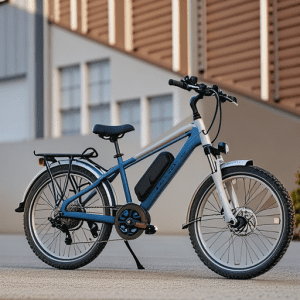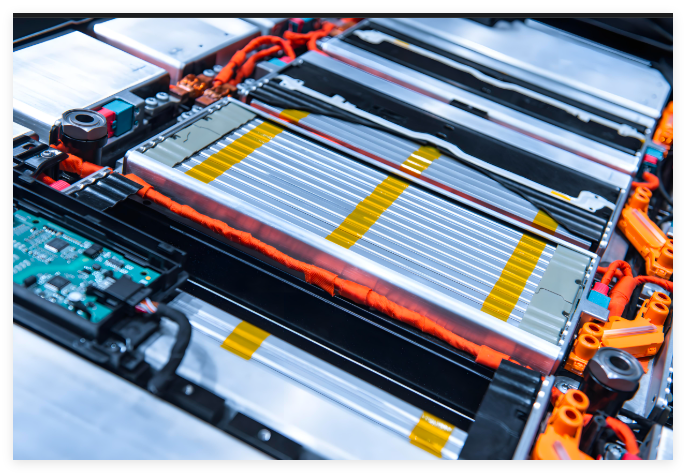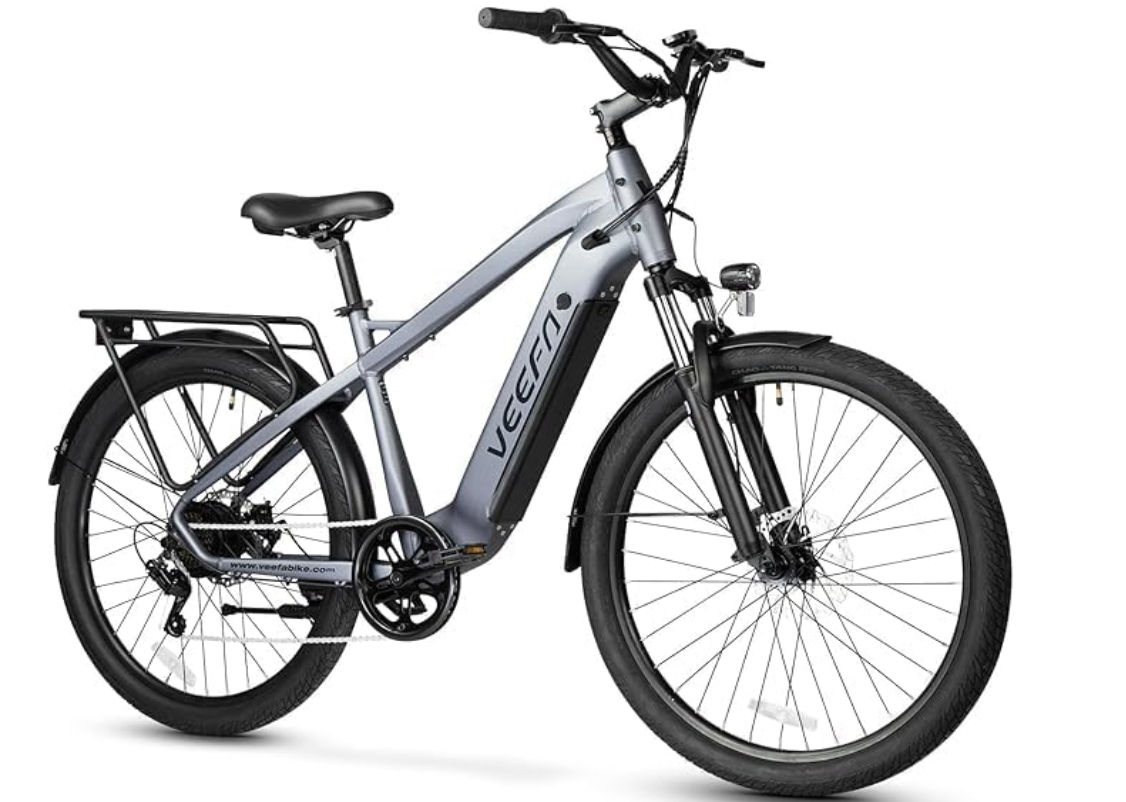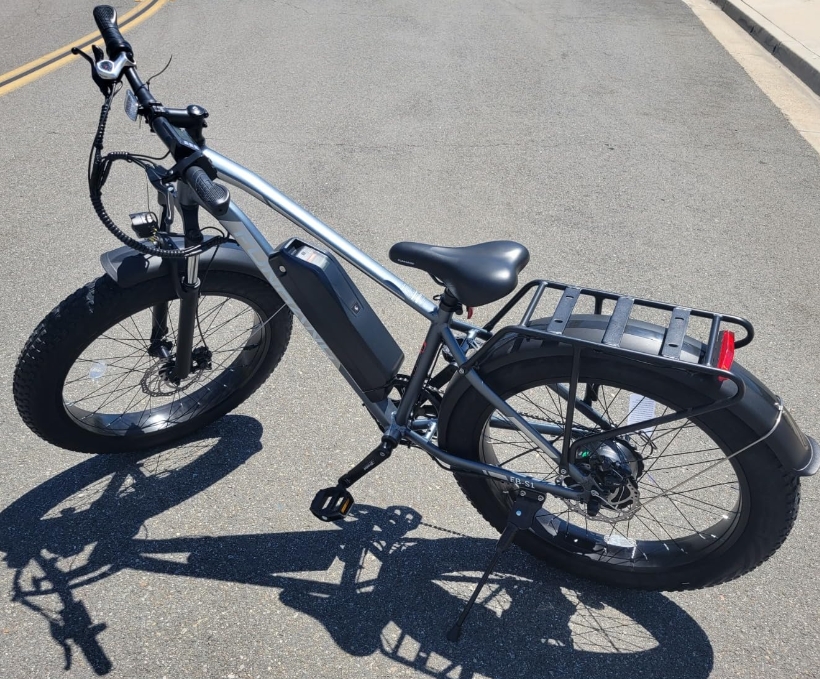What is the load-bearing capacity of an e-bike?
When we talk about the load-bearing capacity of electric bicycles (e-bikes), we must first understand that this is not just a simple physical issue, but a complex topic involving design, materials, battery technology, and more. As the ancients said, “To do a job well, one must first sharpen one’s tools.” In the design of electric bicycles, we also need to consider various factors to ensure that they can meet the needs of daily travel while achieving the best balance in terms of safety and efficiency.

First, let’s look at some basic data. According to the statistics of the Confederation of the European Bicycle Industry (CONEBI), the global sales of electric bicycles are expected to exceed 50 million units in 2023. This not only shows the huge potential of the market but also reflects the acceptance of this new type of transportation by consumers. In terms of load-bearing capacity, the designed load of a general electric bicycle is usually between 100-150 kilograms. This means that, in addition to the weight of the rider, it can also carry a certain amount of goods or passengers.
However, this is not absolute. With the advancement of technology, especially the improvement of battery and motor technology, the load-bearing capacity of some high-end electric bicycles has already exceeded 200 kilograms. For example, some electric bicycles designed specifically for mountain riding need to withstand greater terrain changes and ensure sufficient power output, so their load-bearing capacity is also correspondingly increased.
In addition, we must also consider the battery endurance issue of electric bicycles. The capacity and weight of the battery are important factors affecting the load-bearing capacity of electric bicycles. With the continuous advancement of lithium battery technology, the energy density of the battery is getting higher and higher, which means that longer endurance can be obtained without adding too much weight. This not only enhances the practicality of electric bicycles but also makes them more competitive in long-distance riding.
Of course, we cannot ignore safety issues. The increase in load-bearing capacity inevitably comes with the requirement for the structural strength of the vehicle. This requires us to consider not only the lightweight of the materials in the design but also to ensure that they have sufficient strength and durability. As Mencius said, “Without rules, there can be no order,” strict safety standards and testing are essential in the design of electric bicycles.
Finally, I want to emphasize that with the development of intelligent technology, electric bicycles are not only a means of transportation but also a kind of intelligent device. By integrating sensors, navigation systems, and mobile applications, electric bicycles can provide a more personalized and intelligent travel experience. This not only enhances the user experience but also provides new possibilities for the future development of the industry.
In summary, the load-bearing capacity of electric bicycles is the result of a comprehensive consideration of various aspects. With the continuous advancement of technology and the maturity of the market, we have reason to believe that electric bicycles will play an increasingly important role in future modes of transportation.
Thank you, everyone!



Post Comment